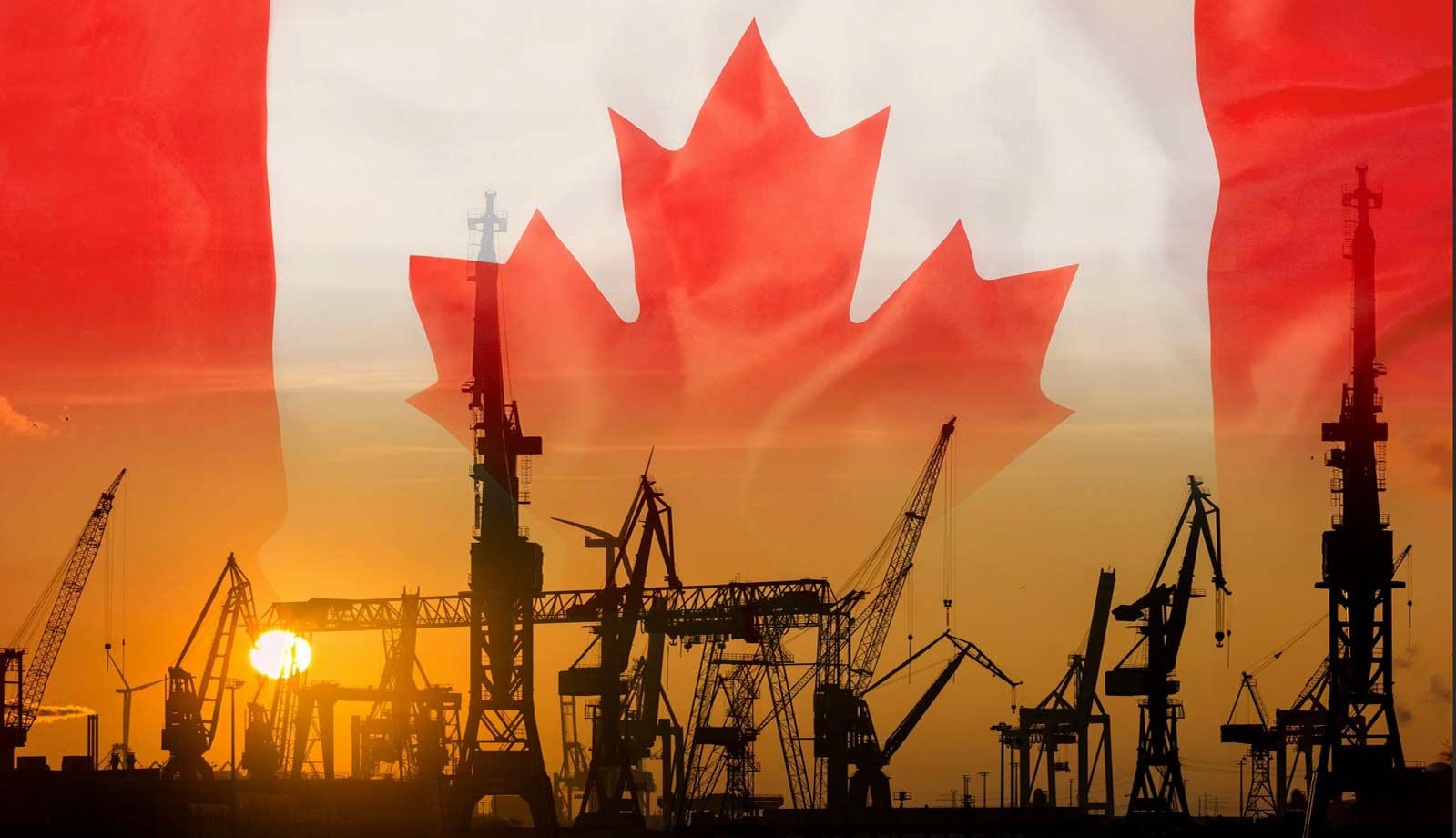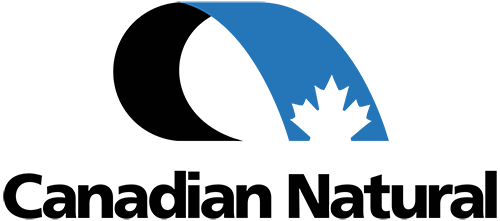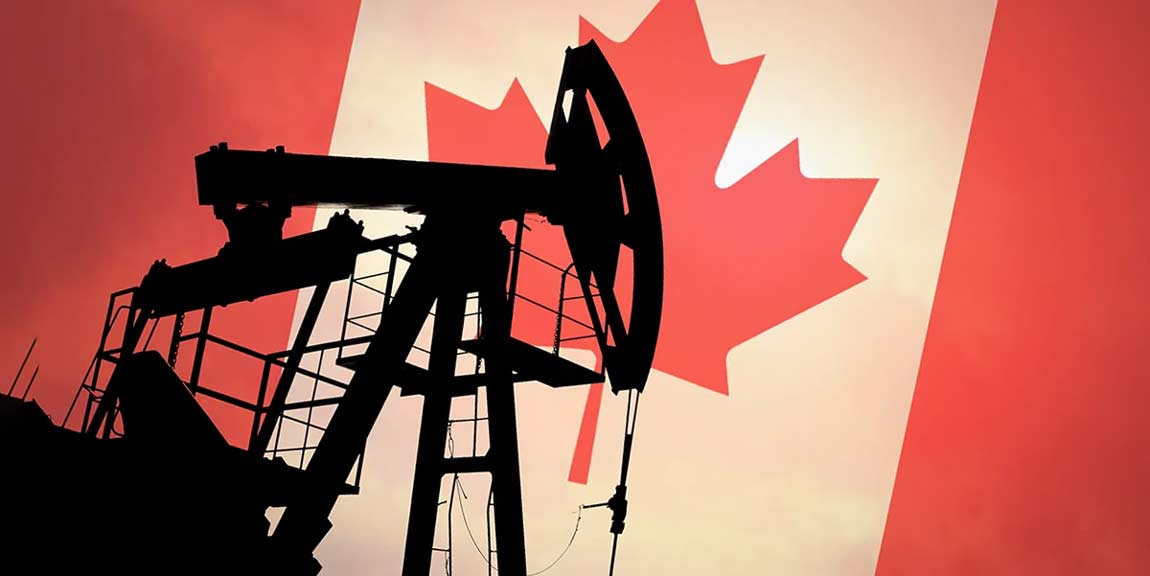Canada’s oil and gas industry is an essential part of the country’s economy and has played a significant role in shaping its history. The industry has undergone substantial changes in recent years, with new technologies, regulatory frameworks, and global market dynamics influencing its operations. As the industry continues to evolve, so do the key players involved in its various sectors. This article aims to provide an overview of the leading companies in Canada’s oil and gas industry, their operations, and their contributions to the sector’s growth and development.

The Oil and Gas Industry in Canada
The oil and gas industry in Canada is a major contributor to the country’s economy, accounting for over 7% of GDP and providing over 500,000 jobs. The industry’s major players include Canadian Natural Resources Limited, Suncor Energy, and Painted Pony Energy Ltd. Canada is the world’s fourth-largest producer of oil and the fifth-largest producer of natural gas.
The industry has a long history in Canada, dating back to the discovery of oil in Ontario in 1858. Key milestones in the industry’s history include the discovery of the Leduc oil field in 1947, the development of the Athabasca oil sands in the 1960s, and the establishment of the National Energy Program in 1980. The industry has faced several challenges over the years, including environmental concerns, regulatory hurdles, and pipeline infrastructure.
Major Companies and Institutions
Canadian Natural Resources Limited
Canadian Natural Resources Limited (CNRL) is a leading Canadian oil and gas company with headquarters in Calgary, Alberta. Founded in 1973, the company has grown to become one of the largest independent crude oil and natural gas producers in the world.

CNRL operates a diverse portfolio of assets, including oil sands mining and upgrading facilities, conventional oil and gas production sites, and offshore exploration projects. The company’s operations span across Canada, the United Kingdom North Sea, and offshore Africa.
In 2022, CNRL reported production of approximately 1.2 million barrels of oil equivalent per day, with approximately 50% of production coming from its oil sands assets. The company’s proven reserves were estimated at 9.9 billion barrels of oil equivalent as of December 2022.
As of March 22, 2023, CNRL’s stock price was C$56.98 per share, with a market capitalization of C$69.6 billion. The company is listed on both the Toronto Stock Exchange and the New York Stock Exchange.
CNRL has been recognized for its commitment to environmental sustainability, including reducing greenhouse gas emissions and water usage in its operations. The company has also invested in renewable energy projects, including wind and solar power.
Suncor Energy
Suncor Energy Inc. is a Canadian integrated energy company headquartered in Calgary, Alberta. Founded in 1919, the company is one of Canada’s largest producers of crude oil and natural gas, with operations spanning across North America, the United Kingdom, and offshore Africa.

Suncor’s operations include oil sands mining and upgrading, conventional oil and gas production, and refining and marketing of petroleum products. The company’s oil sands assets are located in the Athabasca oil sands region of northern Alberta, which is one of the largest oil reserves in the world.
In 2022, Suncor reported total production of 739,800 barrels of oil equivalent per day, with approximately 60% of production coming from its oil sands assets. The company’s proven reserves were estimated at 7.8 billion barrels of oil equivalent as of December 2022.
As of March 22, 2023, Suncor’s stock price was C$25.75 per share, with a market capitalization of C$62.6 billion. The company is listed on both the Toronto Stock Exchange and the New York Stock Exchange.
Suncor has been recognized for its commitment to environmental sustainability, including reducing greenhouse gas emissions and water usage in its operations. The company has also invested in renewable energy projects, including wind power and biofuels.
The Canadian Association of Petroleum Producers
The Canadian Association of Petroleum Producers (CAPP) is a not-for-profit organization representing Canada’s upstream oil and gas industry. Founded in 1927, CAPP’s members include companies involved in exploration, development, production, and marketing of crude oil, natural gas, and natural gas liquids.

CAPP’s mission is to advocate for policies and practices that support the growth and competitiveness of Canada’s oil and gas industry. The organization represents the industry’s interests to governments, regulators, and other stakeholders and works to promote responsible resource development and environmental sustainability.
As of 2022, CAPP’s membership includes approximately 120 companies, accounting for over 80% of Canada’s upstream oil and gas production. The industry represented by CAPP contributes significantly to Canada’s economy, generating over C$100 billion in economic activity and supporting approximately 500,000 jobs across the country.
As a not-for-profit organization, CAPP does not have a stock price or market capitalization. Instead, the organization’s funding comes from membership fees and donations.
In addition to its advocacy work, CAPP also provides research and analysis on industry trends and issues, as well as safety and environmental best practices. The organization is committed to working collaboratively with stakeholders to address challenges and promote sustainable development of Canada’s oil and gas resources.
Painted Pony Energy Ltd
Painted Pony Energy Ltd. is a Canadian exploration and production company focused on the development of natural gas resources in the Montney Formation of northeast British Columbia. The company was founded in 2007 and has headquarters in Calgary, Alberta.
Painted Pony’s operations are primarily focused on the production of natural gas, with additional interests in natural gas liquids and crude oil. As of December 31, 2022, the company’s total proved plus probable reserves were estimated at 3.9 trillion cubic feet equivalent of natural gas.
Canadian Natural Resources Limited’s Acquisition of Painted Pony Energy Ltd
Canadian Natural Resources Limited announced its acquisition of Painted Pony Energy Ltd in August 2020. The acquisition, valued at approximately C$461 million (equivalent to $344.26 million USD) including debt, will allow Canadian Natural Resources to expand its acreage and increase its natural gas production. The acquisition gives Canadian Natural Resources access to Painted Pony Energy Ltd’s natural gas assets in the Montney region of British Columbia. The transaction was completed in September 2020, subject to regulatory approvals and other customary closing conditions.
Prior to its acquisition, Painted Pony was a mid-sized producer with production of approximately 323 million cubic feet equivalent of natural gas per day. The company’s operations were focused on the northeast British Columbia Montney region, which is considered one of the most significant natural gas resource plays in North America.
Toronto Stock Exchange
The Toronto Stock Exchange (TSE) was an important market for Painted Pony Energy Ltd, with the company’s stock trading under the symbol “PONY”. Painted Pony Energy Ltd’s stock price had been volatile, with a current market capitalization of approximately $150 million.
As of March 22, 2023, Painted Pony’s stock price was not available as the company was delisted from the Toronto Stock Exchange in 2021.
Market Trends and Challenges
One of the main challenges facing the industry is the increasing global demand for renewable energy sources, which has led to a shift away from fossil fuels. As a result, the demand for crude oil and natural gas has declined, leading to lower prices and reduced profitability for companies in the sector. This trend has also led to increased pressure on the industry to reduce greenhouse gas emissions and improve environmental sustainability.

Another trend affecting the industry is the growing role of technology in oil and gas exploration and production. Advances in drilling techniques, data analytics, and automation have improved the efficiency of oil and gas operations, but have also led to job losses and reduced employment opportunities in the sector.
Furthermore, the industry faces regulatory challenges, including changes in government policies and regulations regarding resource development, transportation, and environmental protection. The cost of compliance with these regulations can be significant, impacting the profitability and competitiveness of companies in the sector.
The COVID-19 pandemic also has had a significant impact on the oil and gas industry in Canada, as well as globally. The pandemic led to a decline in global demand for oil and gas, as travel and economic activity slowed down due to lockdowns and restrictions. This decline in demand led to an oversupply of oil and gas, leading to a sharp decrease in prices and revenue for companies in the sector.
In response to the pandemic, many oil and gas companies in Canada were forced to reduce production and cut jobs to reduce costs. The pandemic also led to delays and cancellations of new projects and investments in the sector. The industry faced additional challenges related to ensuring the safety of workers and maintaining operations amid COVID-19 outbreaks.
Government Policies and Regulations
Government policies and regulations play a critical role in shaping the Canadian oil and gas industry. The government’s policies and regulations impact the industry’s exploration, production, transportation, and refining operations. Key policy areas include environmental policies, tax incentives, and land-use regulations.

Environmental policies are particularly significant in the Canadian oil and gas industry, as the industry is a significant contributor to greenhouse gas emissions. The government has implemented policies to reduce emissions and promote sustainable development, including carbon pricing, which imposes a cost on greenhouse gas emissions. This policy has been the subject of debate and controversy, with some industry stakeholders opposing it, citing concerns about its impact on competitiveness.
In addition to environmental policies, the Canadian government also provides tax incentives to promote investment in the oil and gas industry. These incentives include tax deductions for exploration and development expenses, as well as capital cost allowances for investments in equipment and infrastructure.
Land-use regulations also play a critical role in shaping the Canadian oil and gas industry, as the industry relies on access to land and resources for exploration and production. The government has implemented policies to balance economic development with environmental responsibility, including measures to protect sensitive ecosystems and wildlife habitats.
